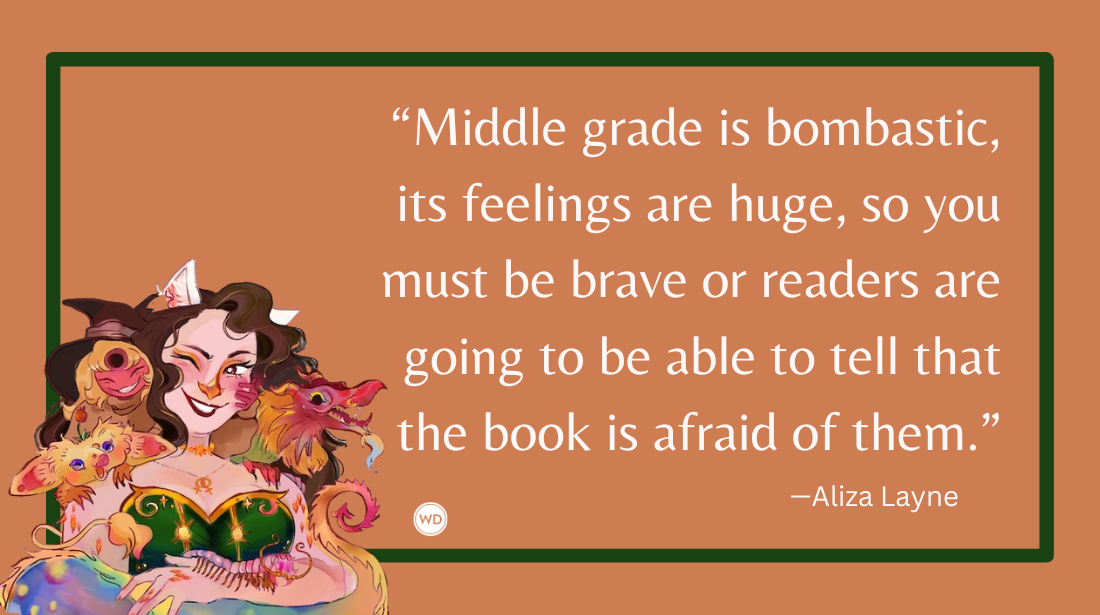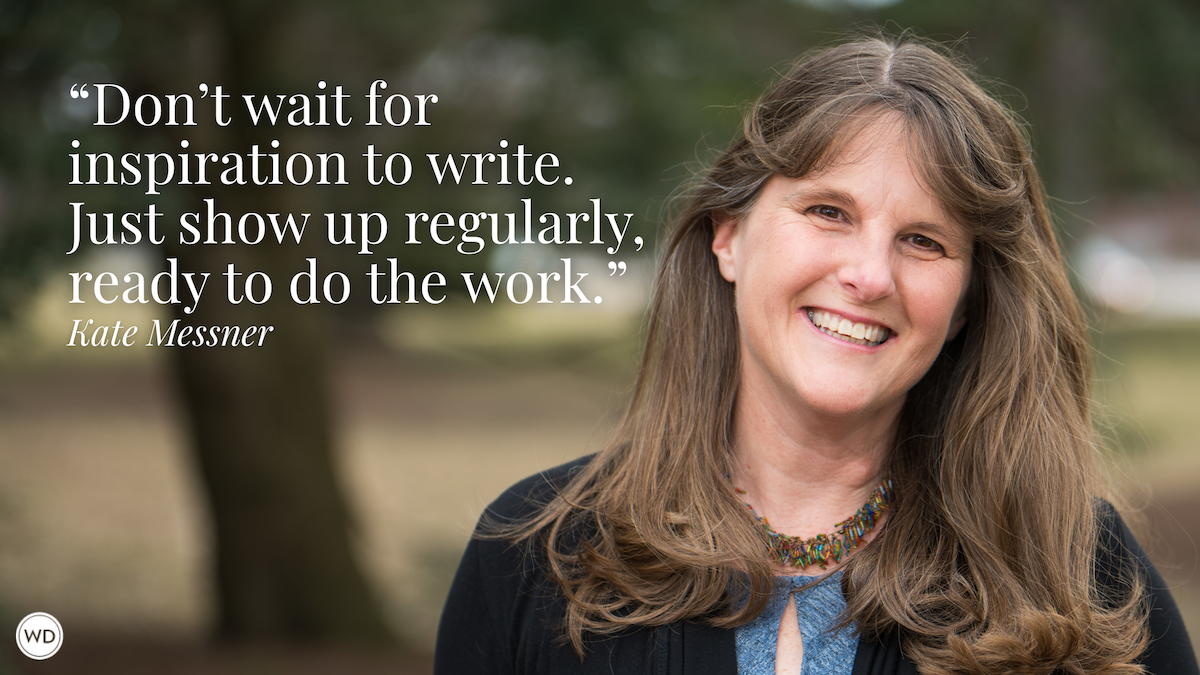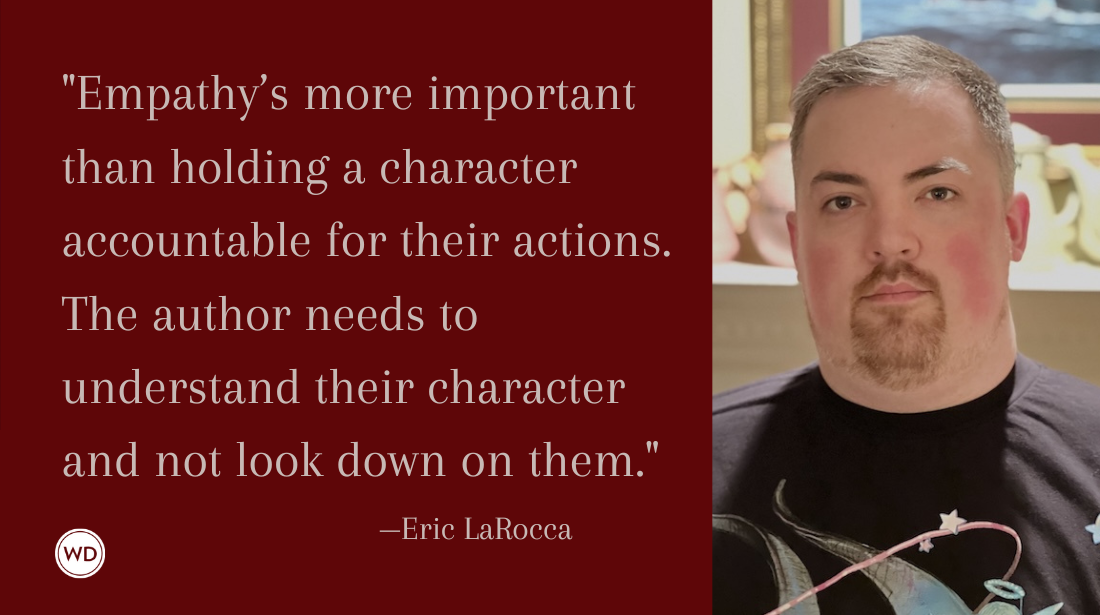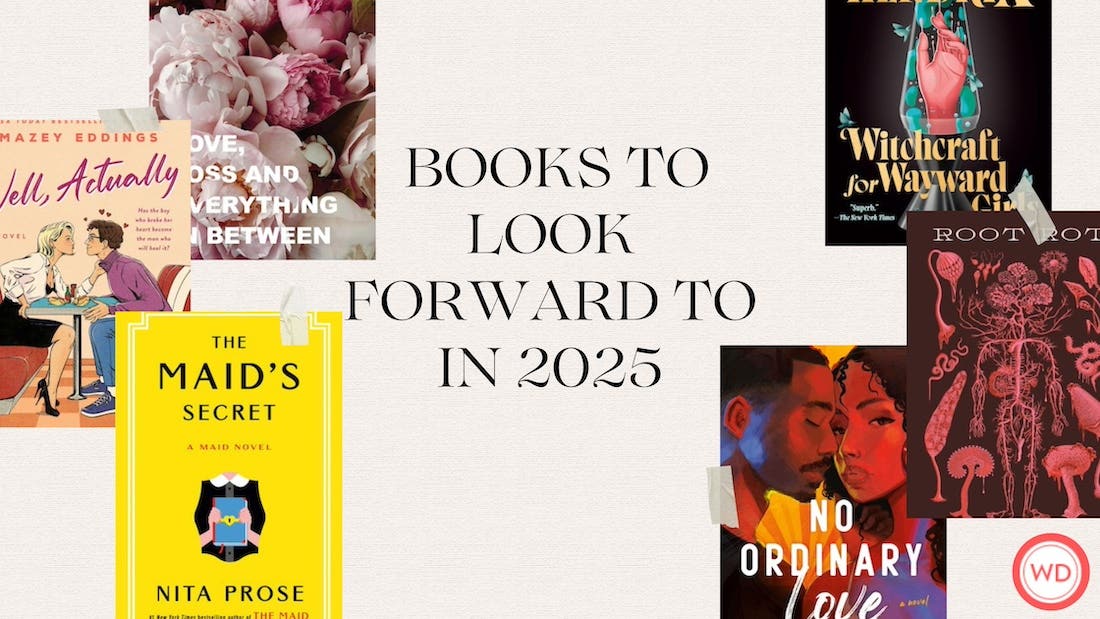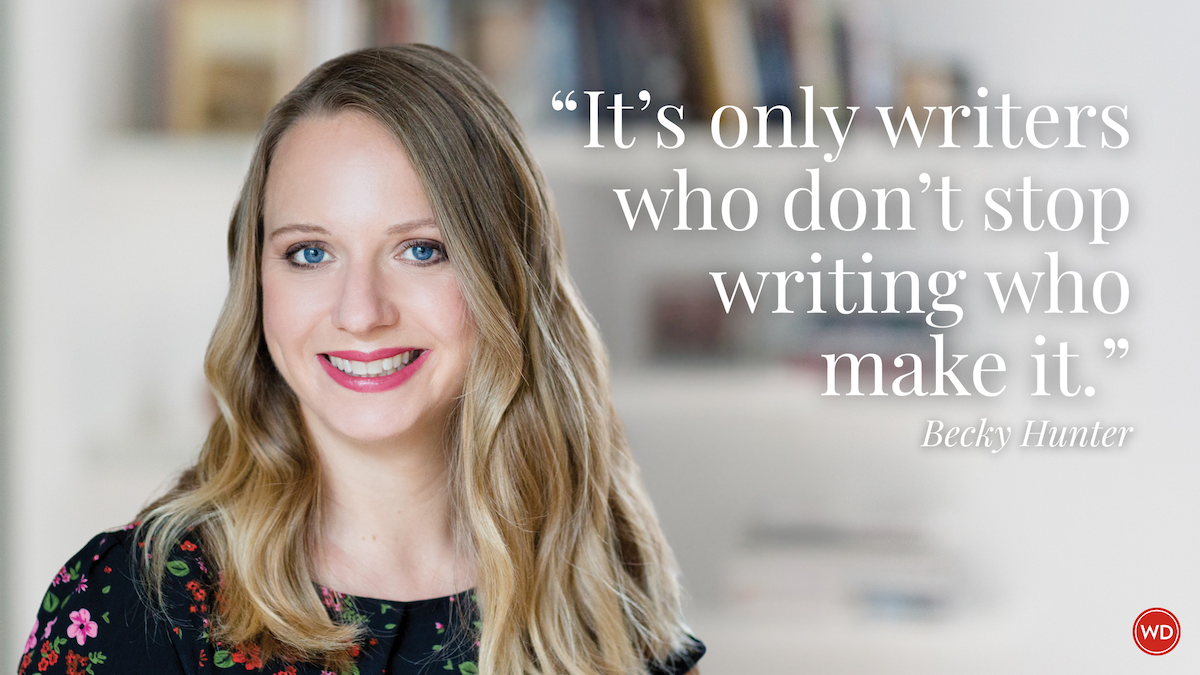5 Things All Writers Should Know When Writing a Second Novel
Here in the writing community we talk a LOT about how to break in with a novel—whether breaking in means signing with an agent, landing a deal with a publisher…
Here in the writing community we talk a LOT about how to break in with a novel—whether breaking in means signing with an agent, landing a deal with a publisher big or small, or self-publishing well enough to make a splash.
That makes sense, of course—because breaking in isn’t easy. More often than not, the novels listed as “debuts” are far from first efforts; our desk drawers are well acquainted with our earlier attempts (I know mine are!).
But when we do stick a landing (and the crowd goes wild! woooooo!), we often haven’t thought a lot about what it will be like to write our next book—especially if our “second” book that will make its way into the world is actually our third or fourth or fifth that has made its way onto paper. We’ll just need to manage to craft a cohesive story again, right?
Yes, and no.
I’ve written here about the journey leading up to the publication of my own debut, Almost Missed You, which was released from St. Martin’s Press in March. But what I’ve been mostly silent on is the work that’s been keeping me busy on my next novel, a stand-alone follow-up due out March 27, 2018, and the second half of the two-book deal I wrote about last year.
What I’ve discovered is that the process of writing what’s next is different, whether you’re continuing a series or starting with a clean canvas. It’s an experience that requires learning to adapt and grow—in our processes and on the page. And it’s worth anticipating, because those skills will serve you well at any stage, while better equipping you for what’s ahead.
1. You’ll need to toggle back and forth between novels.
Even if you don’t have a two-book deal, when you agree upon a publishing path for your debut, it’ll likely be in production for around 18 months (give or take) until it sees the shelf. (Self-publishing, of course, is faster, but even then you’ll be following similar editorial and design steps where the manuscript will be repeatedly out of your hands until the next phase.)
That means you’re going to want, if not need, to start on your next project during that time if you aim to have another book follow in the next couple of years.
If you’re a full-time writer, you may be able to keep a toe dipped in the waters of both projects—but those of us with full-time jobs or other major obligations will need to learn to flip a switch. My 2016 looked a lot like this:
- Work fervently on Book 2 manuscript, starting to pick up steam …
- Receive a copy edit deadline on Book 1. Set Book 2 aside for a month in order to spend all available time outside of the Writer’s Digest office and family time reviewing said pages.
- Pick up Book 2 again: Hello, old friend. Where was I? Hmm, I’m a bit rusty on channeling this voice—oh yes, but now I remember how this was flowing and how I had planned to—
- Receive a first page proofs deadline on Book 1. Set Book 2 aside entirely for another several weeks.
- Rinse and repeat—flipping the switch for hurry-up-and-wait deadlines for blurb requests, promo plans, supplementary blog posts and essays, classes and conferences, etc.
We all toggle projects occasionally, of course. But completing an entire new novel manuscript with that switch at the mercy of new external forces takes getting used to.
After a few months of frustration, I started to adapt: to keep a pocket in my mind where the story set aside was not completely out of my mind, but tucked into a place within easy reach. Occasionally I’d peek in, and though I knew I couldn’t take it out just yet, I could give it some thought while I was pedaling down the bike trail or drifting off to sleep. Patting my pocket now and then helped keep the rust away.
2. You’ll need to turn a deaf ear to pressure and noise.
You want Book 1 to do well, of course. It’s your dream. Also: People have put their faith in you. Not just your friends and family—who are, much to your chagrin, already predicting your near-certain fame and casting the movie that has not yet been optioned from your book—but your agent and editor and the rest of your publishing team. You don’t want to let them down. What if your debut flops? What if it does succeed, but your second book doesn’t measure up?
If your second book is already under contract, as mine was, you’re writing under contract with a delivery date for the first time, and then the heat is really on. It’s a good problem to have, but you’re committed to doing this, and holy cow, this time failure is not an option. (This anxiety is real. I didn’t touch a penny of my advance out of fear that I might have to pay it back.)
You need to tune it out. You can’t let the conversations you will inevitably have as you move throughout your day follow you into your writing room. Sometimes they’ll follow you in anyway, and then you’ll be angry with yourself, which only makes things worse.
There’s this thing my agent says—actually, she first wrote it in the pages of WD, cautioning other writers not to compare themselves to one another, but it applies to this, too: Keep your eyes on your own paper.
When those voices won’t pipe down, I repeat it to myself, like a mantra. When you sit down at your keyboard, resist the urge to mentally glance at your editor, your neighbor, your mom, your critique partner. Keep your eyes quite literally on your own paper, take a few deep breaths, and get to work.
3. All this toggling and noise requires even more discipline than you had.
My husband likes to tell people that no one is more disciplined about their writing time than me. I’m sure that’s not true. (And there are other things he’d probably like me to be equally disciplined about. Preparing edible food on weeknights, for instance.) But I did think I had a pretty rock-solid routine right up until I realized that it used to include a little more breathing room than it does now.
More than a little, actually.
When the stomach flu ruins your Saturday night plans and you decide this is a perfect opportunity to exceed your weekly word quota because you now have “found time,” right here on the cozy bathroom floor, I think it’s safe to say you’ve achieved a new level of discipline.
Occasionally this will feel every bit as miserable as it sounds. Other times, you’ll feel like a bionic keyboard commander who can accomplish anything.
Hang onto that feeling.
This isn’t forever. You can sustain a more-intense-than-normal routine for a short time (think of how many people succeed at NaNoWriMo every year). I’ve taken to inventing interim deadlines that exist for no one other than me. And believe it or not, when those short-term goals are set within a long-term plan, in my experience, such benchmarks don’t add pressure—they put caps on it.
4. You’ll need to get more comfortable sharing work that isn’t “ready.”
If you’re already in an active critique group where you share your manuscripts in progress, this won’t be entirely new for you: You have my respect. But for those of us who don’t usually share drafts until we feel they’re as good as we can get them on our own—or who would gladly show an early draft to a friend but break into a sweat at the thought of handing it to an agent—this is a giant leap out of the comfort zone.
For my second book, I had to send the opening chapters of my first draft to my agent and editor for a “thumbs up—keep going” when those 50 pages were pretty much all I had. Up until that point, like most authors in my shoes I’d never have dreamed of sending professionals anything other than polished pages.
I’m not an outliner, so I knew those 50 pages could very likely change, and I wasn’t entirely confident in where they were leading, either. I squirmed in my chair and closed my eyes when I hit Send.
Months later, with my delivery date on the horizon, I realized I had to send beta readers my full draft earlier than I previously would have, too. Parts of the manuscript were still rough, but I also knew that there were key elements of this particular story—elements I’d never attempted before—that required 100 percent reader buy-in in order for the story to work. If they didn’t buy them, I was going to have a lot of re-envisioning to do. My agent ended up asking to see it at that point too. Again: Squirm, squint, Send.
I guess I’ve learned that it’s okay to be uncomfortable at this stage. There isn’t much you can do about it other than hope the squirming improves.
I like to think we writers can also be works-in-progress.
12 Great Resources, One Low Price
If you're looking to master everything from dialogue to different
styles of grammar, you'll get the best tools available for writing
fiction in this Write Great Fiction Collection of 12 great writing resources.
5. You need to have faith in yourself.
Other people have put their faith in you for a reason: You can do this. You need to believe it. In fact, you might not be able to do this unless you do believe it.
I once assumed that second books must be easier to write, figuring the authors probably had more of a handle on what they were doing by then. For me, at least, that was far from the truth. Second books are hard fought in the face of different challenges. And, as with all second chances, the outcome can be even sweeter than you dared to hope.
My own second novel—a book club book in the women’s fiction / suspense blend of Almost Missed You—is called Not That I Could Tell, and not only does it have a green light from my agent and editor, it now has a cover!
Not That I Could Tell preorders are live, and you can add Not That I Could Tell to your Goodreads shelf now.
Thank you for taking this journey with me. I wish you every bit of luck on yours.
Yours in writing,
Jessica Strawser
Editorial Director, Almost Missed You
Author, Almost Missed You (St. Martin’s Press, March 2017) & Not That I Could Tell (St. Martin’s Press, March 2018)
Jessica Strawser is editor-at-large for Writer's Digest and former editor-in-chief. She's also the author of several novels, including Not That I Could Tell and Almost Missed You.



